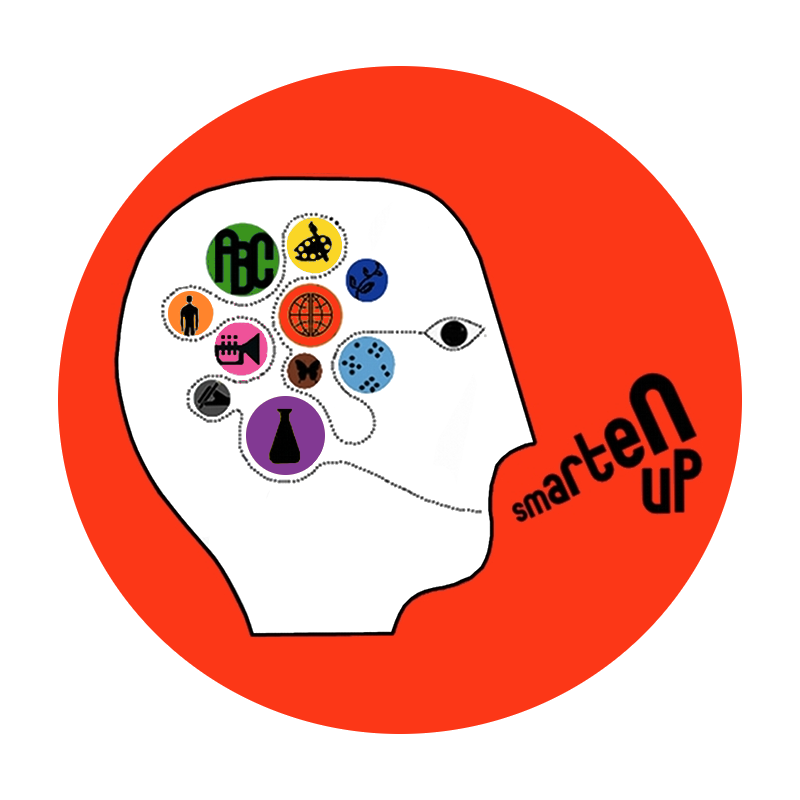As children learn to read, the world around them takes on a whole new dimension; signs become meaningful, directions become more clear, and stories and books offer an entirely new world of fantasy, adventure, and discovery. While your child will certainly receive great instruction in school, there are tons of fun and simple ways to reinforce those lessons at home and on the go. Below you will find an overview of how great reading skills develop, and our favorite tools for supporting literacy growth.
The first building block of reading is phonemic awareness, which is a child's ability to hear and identify the sounds in spoken words. This is a skill that can easily be developed on-the-go as you shuffle your child around the city by challenging her to think of rhyming words, or by playing I Spy with beginning or ending sounds (I spy with my little eye something that begins with a /d/ sound).
Once your child is able to hear these individual phonemes (which is just a fancy word for sounds), she can begin to learn learn the letters that go with each one. This predictable sound-symbol association is called phonics. While this word is often synonymous with dull and repetitive exercises, it doesn't have to be. With hands-on games such as Alphabet Go Fish and Alphabet Bingo, you can spend quality time with your child and help her learn letter names and sounds. Digital resources also offer the opportunity for engaging independent practice, and the best of them allow you to monitor your child's progress as well. Some of our favorite phonics apps include Learn with Homer, Phonics Island, and Letter School, which also targets handwriting skills.
After these foundations have been laid, it will be time for your child to work on developing her fluency, vocabulary, and comprehension skills. The first is a question of practice makes perfect. The more your child reads, the better she will be able to quickly identify words; and the more your child hears a fluent reader model how to read with expression (pausing at punctuation, showing excitement at exclamation marks, etc.) the better she will learn to do this herself. The last two building blocks of literacy will develop as a result of talking with your child about books. It is important to not only ask about who, where and what is involved in a chapter or story, but to also think about bigger picture concepts and connections that can be made. What motivates a character? What are some of the problems or challenges she faced? How did she overcome them? How was the book similar or different to your child's real-life experiences?
Most importantly, though, reading should be fun. The more you, as a parent, are able to express and share excitement and enthusiasm for stories and books, the more likely your child is to embrace the exciting possibilities of written language!

